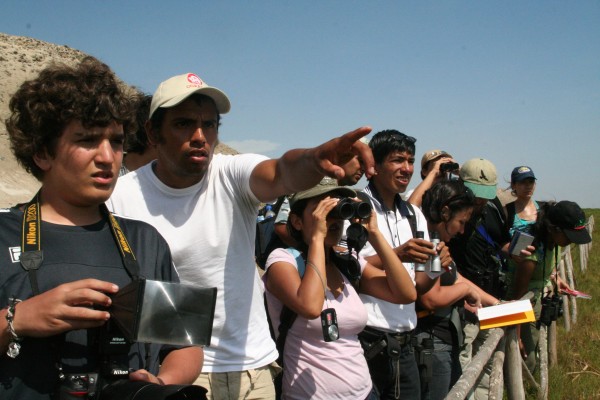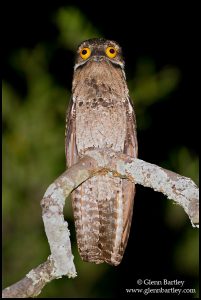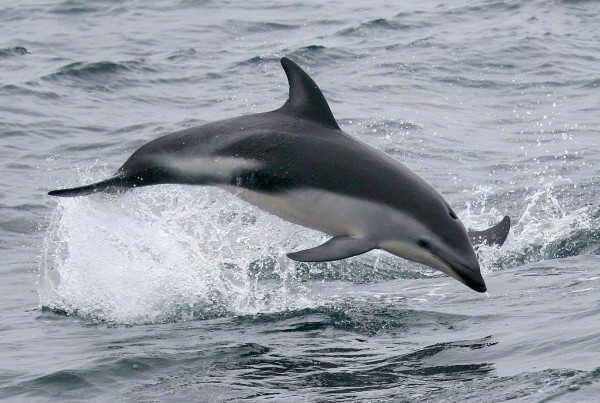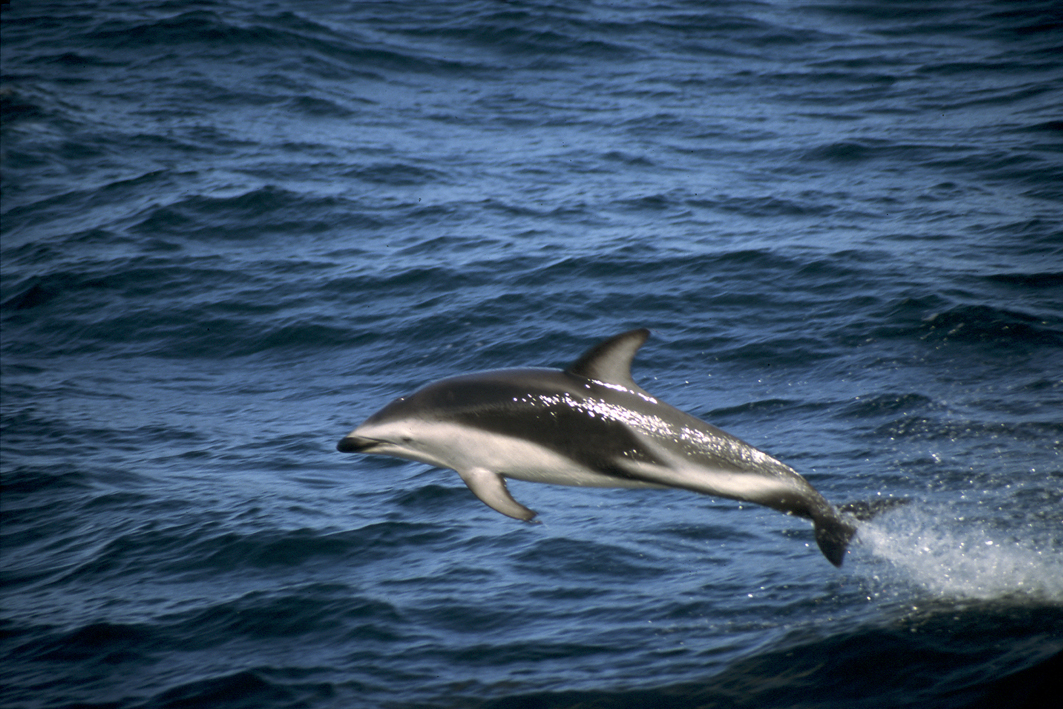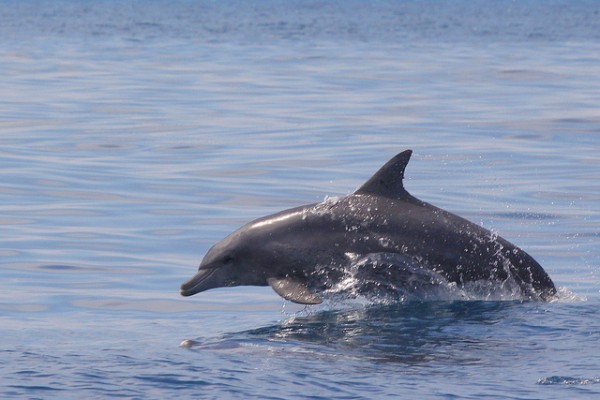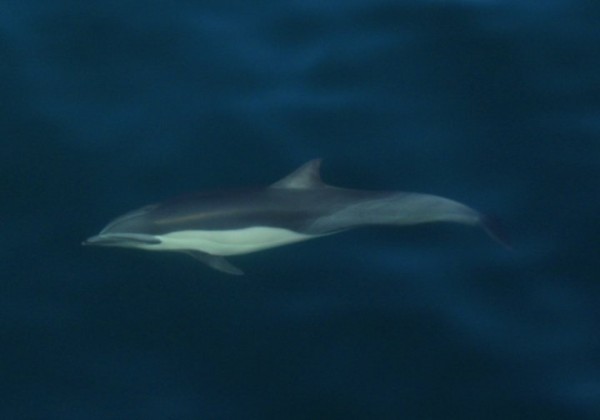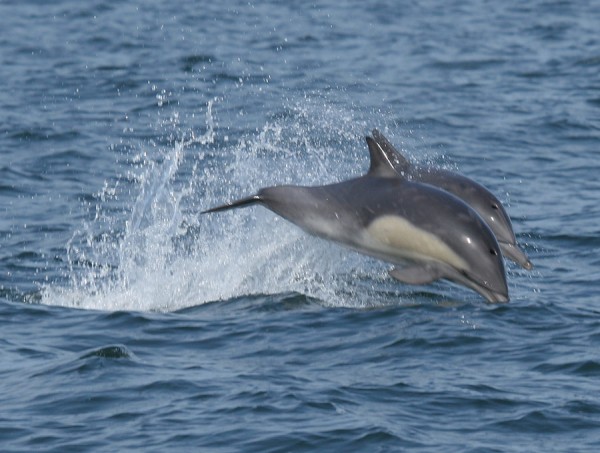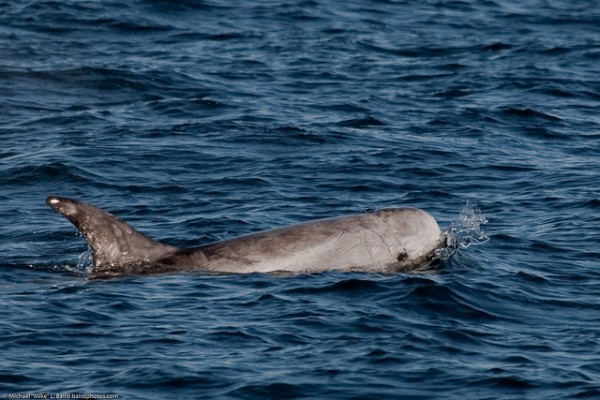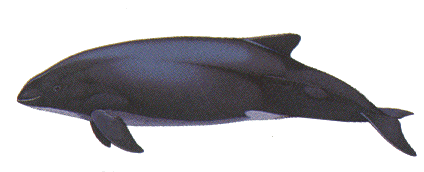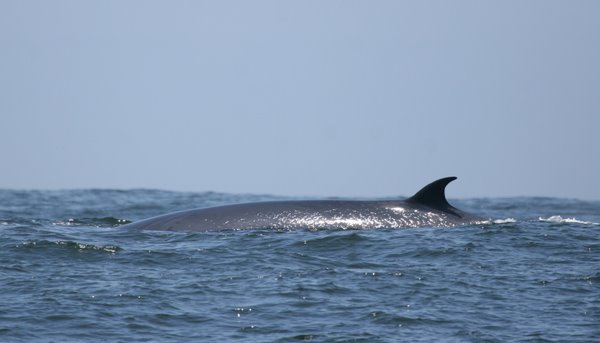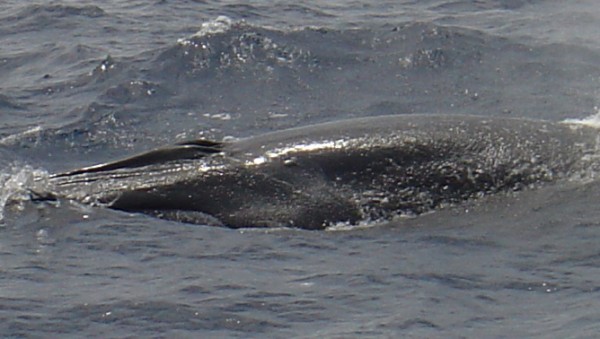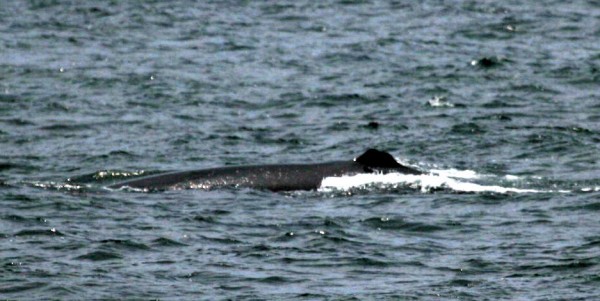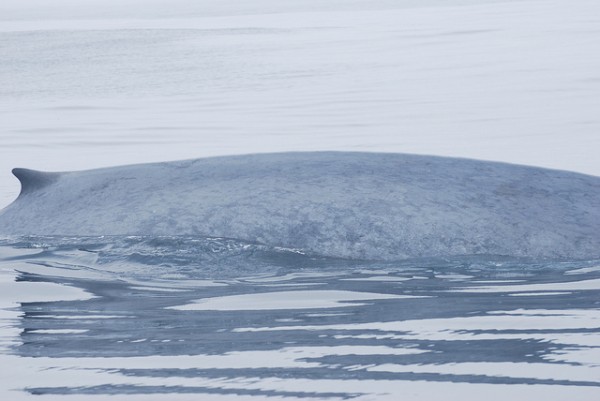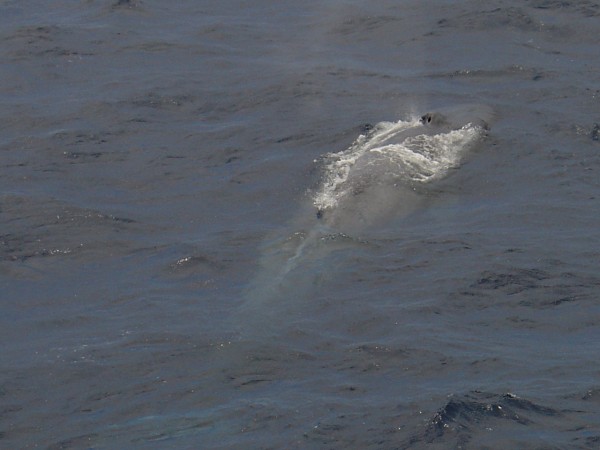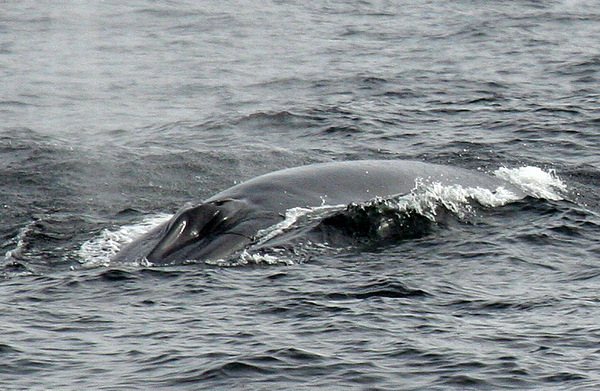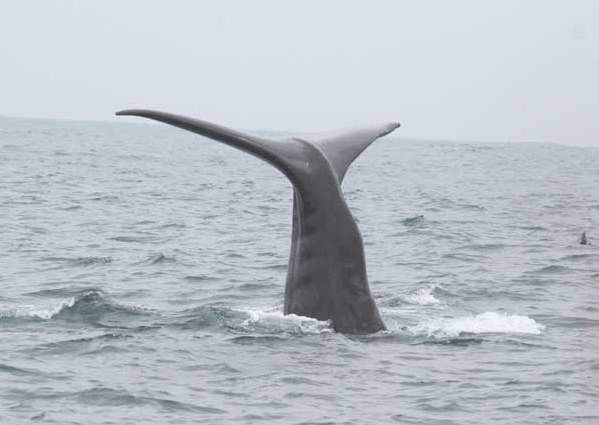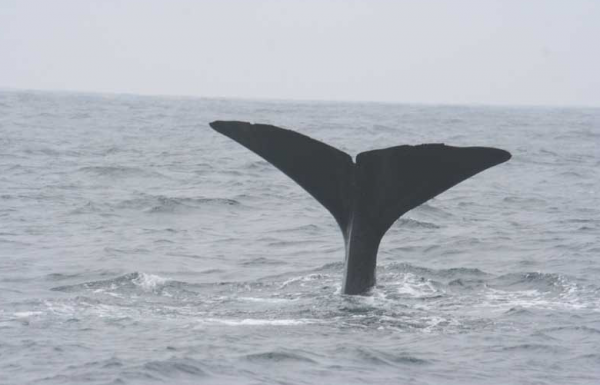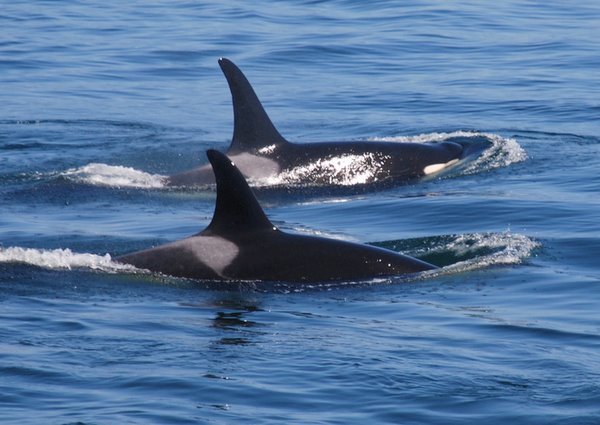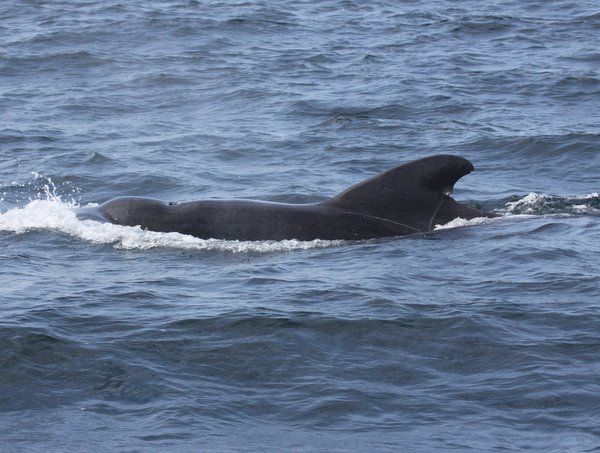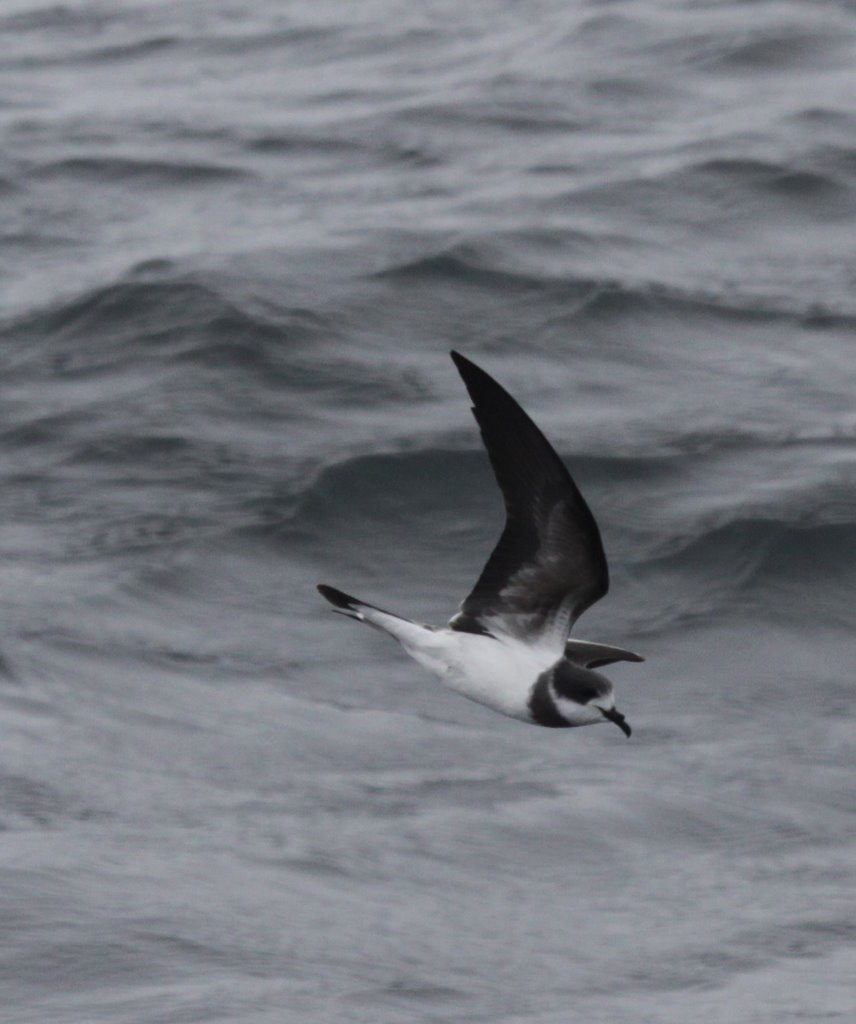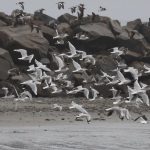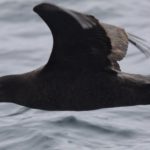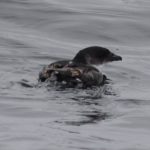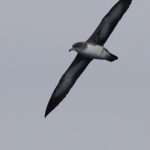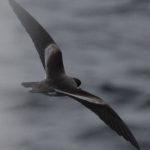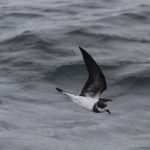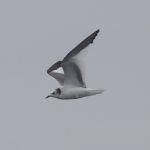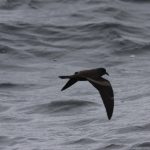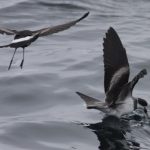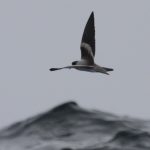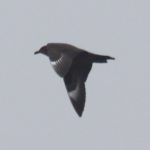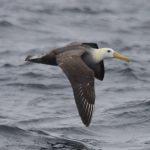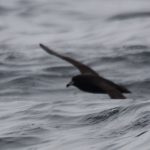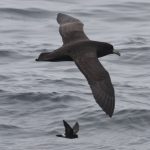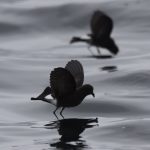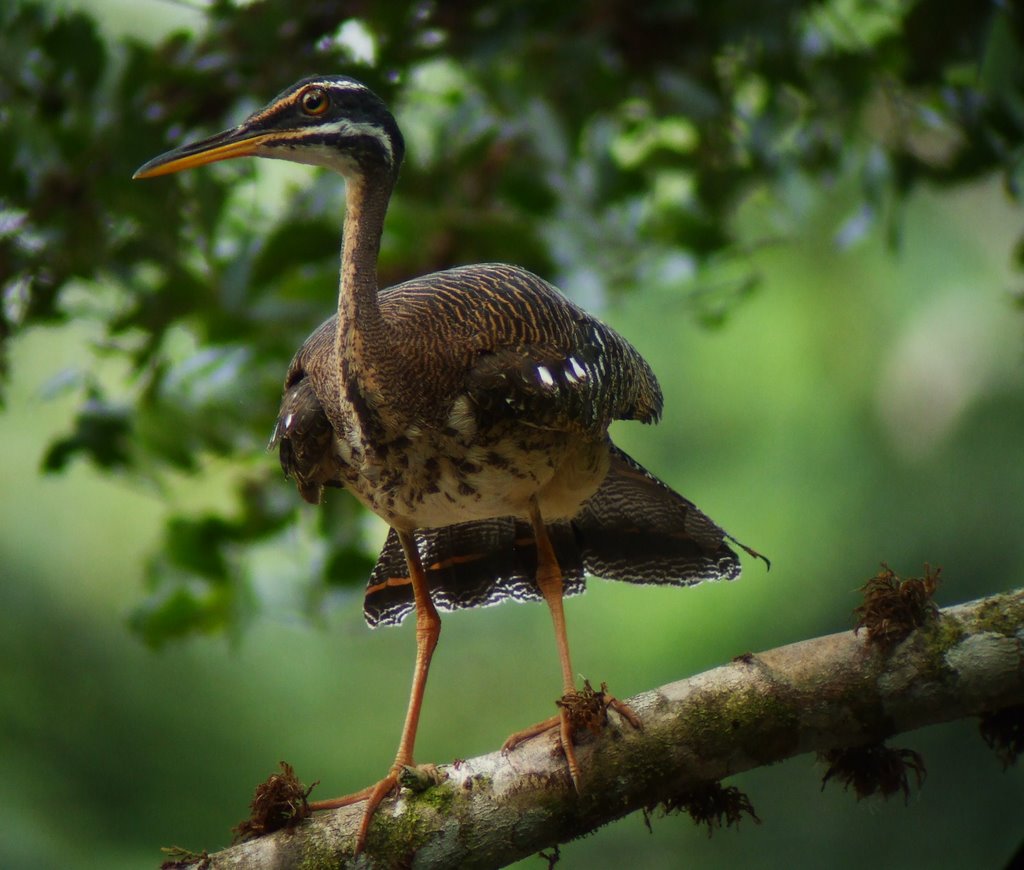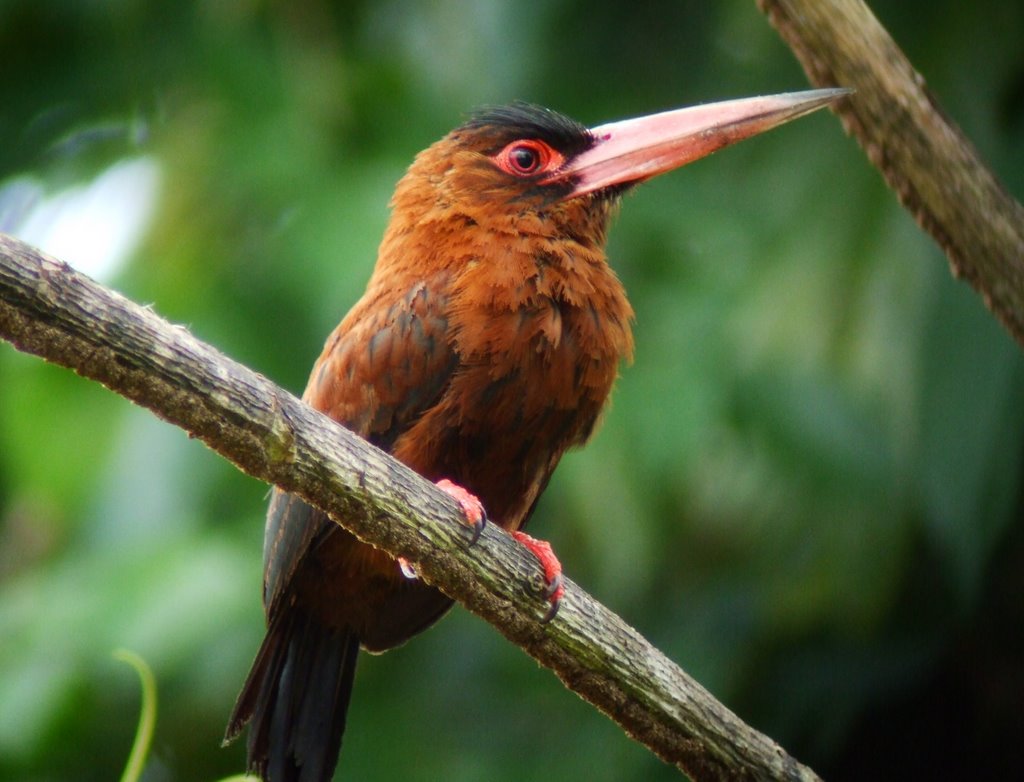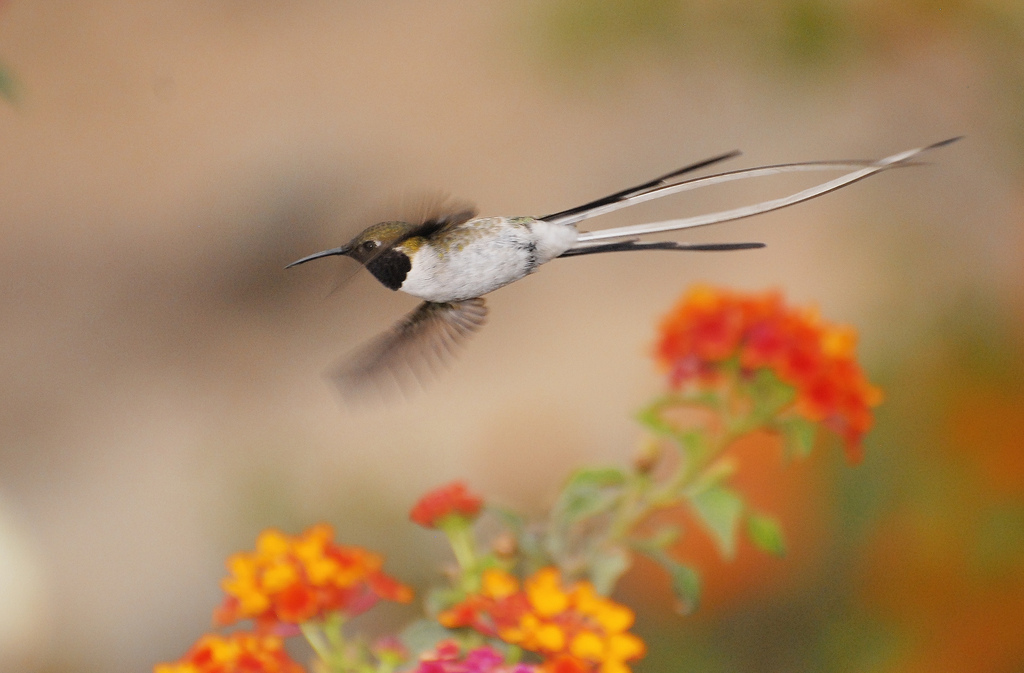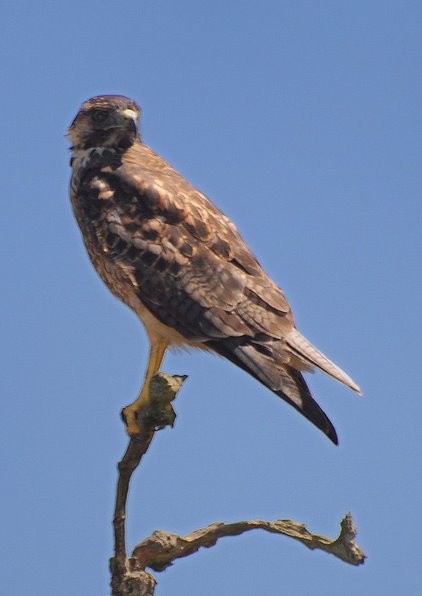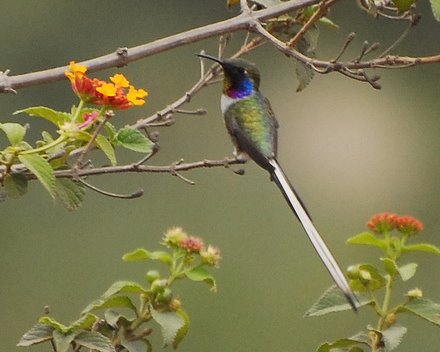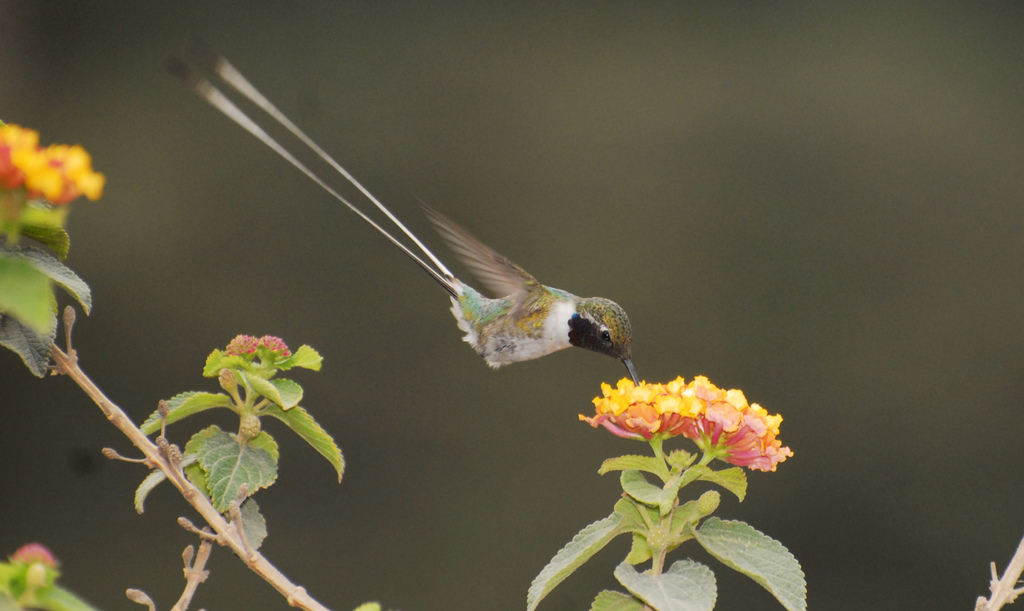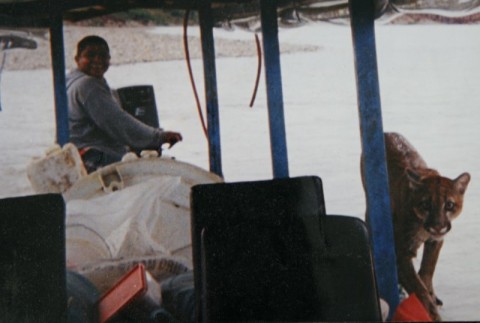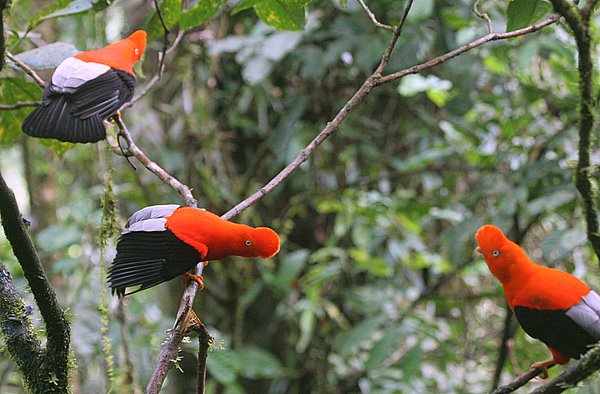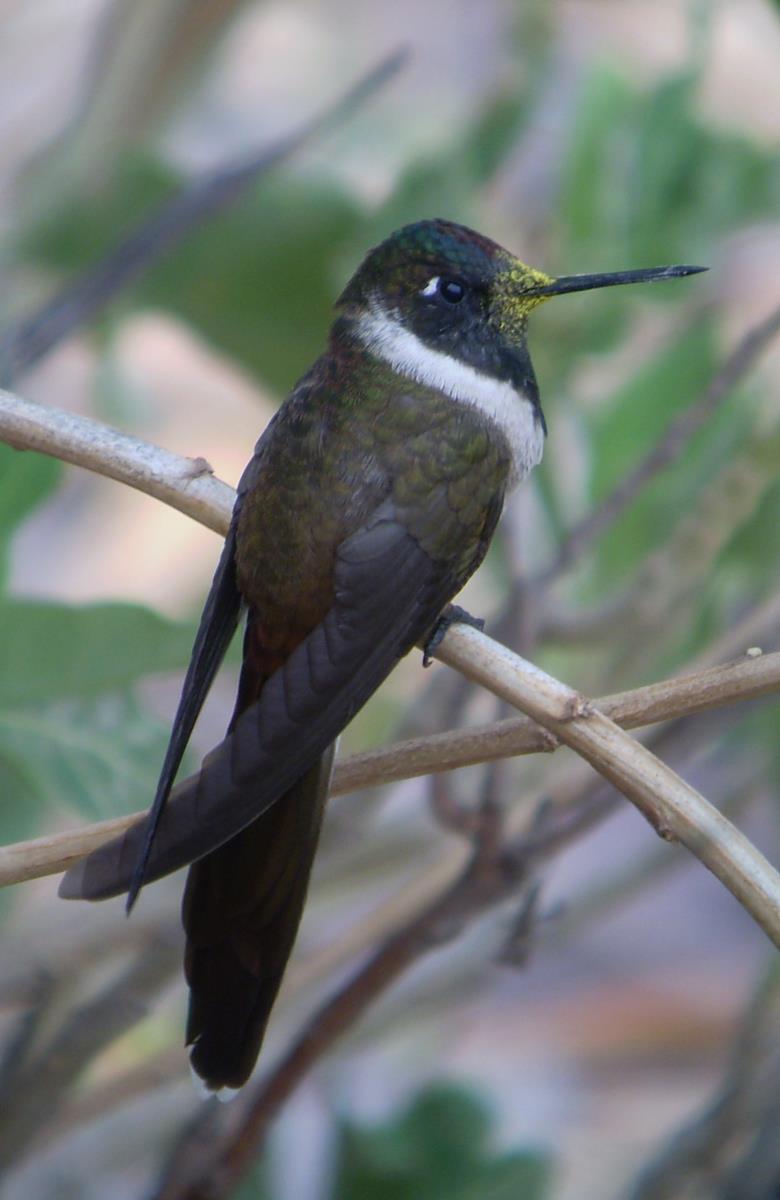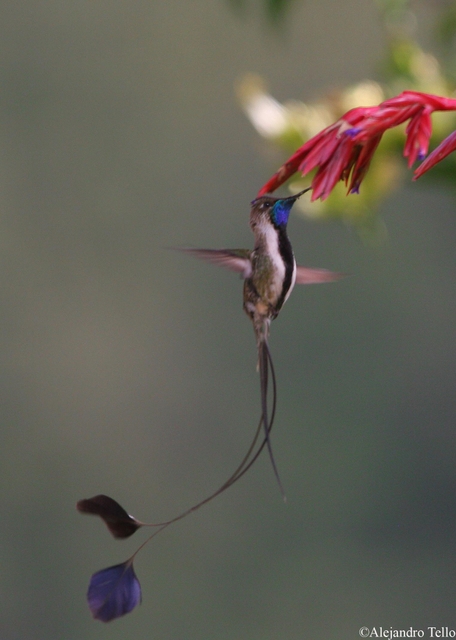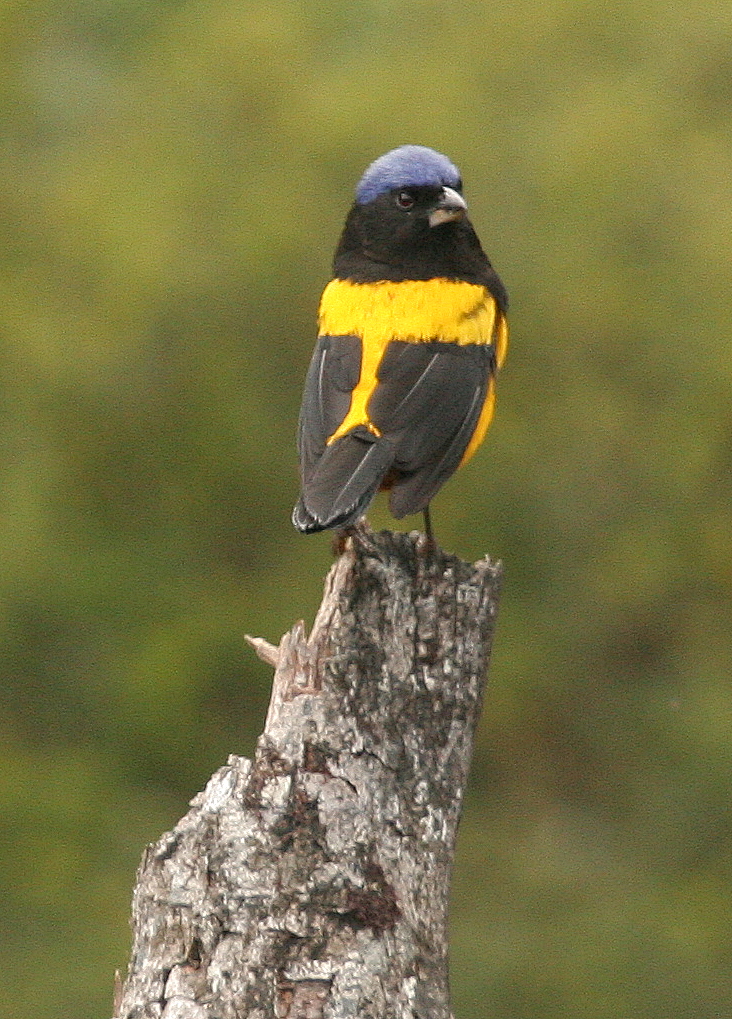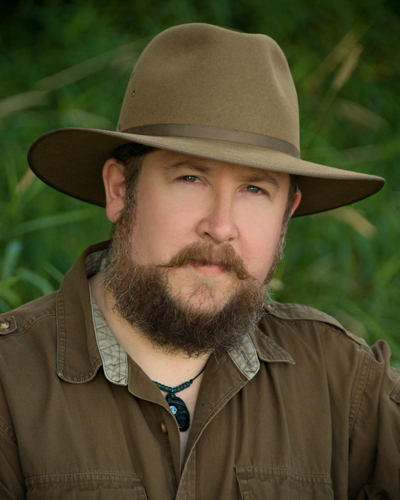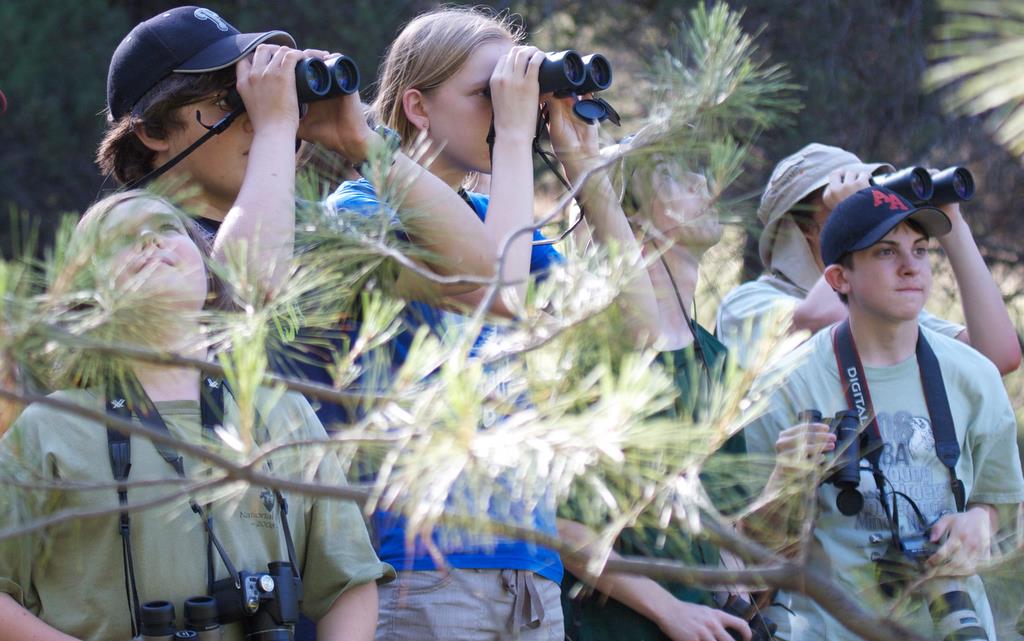Newsletter from Gunnar Engblom
This is a very exciting newsletter with10 topics, for example The-Best-Bird-of-the-World Cup, an attempt to break the Big DAY World Record, the Future of Birdwatching, How to Niche an Ecolodge into a Birding Lodge, stunning Bird Photography from Peru by Glenn Bartley and several articles from Peru about our recent AvistarPeru event in Lima, Pelagics, Whalewatching, the popular selection of a New National Bird of Peru, etc.
It is a bit long to read completely, so I have done teasers so you can click through to get the full story for each article. Mark this mail to read it later and please consider sending it forward to a birding friend. I hope you like it.
TIP: If you use lots of different devices, such as Ipad, laptop and a smartphone with Internet I suggest you try Instapaper which works like magic to transform web-pages to reader-friendly articles you can save for later reading across the devices.
Saludos
Gunnar
1. Bird World Cup
Make sure you follow this exciting December game to choose the Ultimate Bird of the World. Right now we are playing Quarter finals. The games are as follows:
 Spoon-billed Sandpiper vs Kakapo
Spoon-billed Sandpiper vs Kakapo- Marvelous Spatuletail vs Wandering Albatross
- Harpy Eagle vs Wilson’s Bird-of-Paradise
- Philippine Eagle vs Shoebill
How can one choose, when they all are good birds. And why was your favorite missing? It didn’t make through round 2 (where you can see photos of all) last week nor the Facebook filter the week before. Yet, here we are with 8 matches played and entering the quarterfinals. Vote HERE!
2. The biggest Day
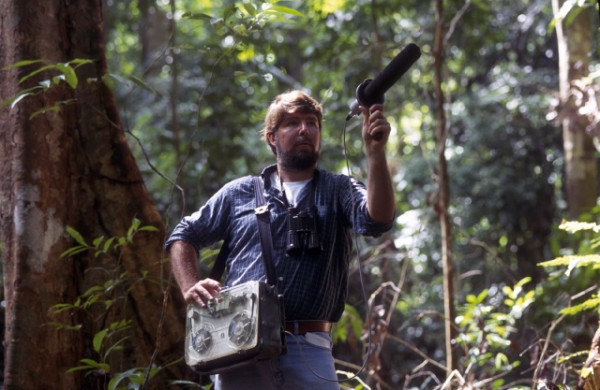 It is soon 30 years since legendary Neotropical superbirder Ted Parker set the amazing record of 331 species in 24h at Cocha Cashu together with Scott Robinson.
It is soon 30 years since legendary Neotropical superbirder Ted Parker set the amazing record of 331 species in 24h at Cocha Cashu together with Scott Robinson.

The year was 1982. Scott has later told me that they had around 300 species already by 11 AM, and that they from then on searched for more birds rather casually.
They did not have access to terra firme and did not use motorized vehicles. The record was beaten in Kenya by John Fanshawe and Terry Stevenson who recorded 342 birds on a single day, but also using light aircraft.
I have often thought that these records could be beaten in Peru with modern playback equipment. This year it will happen. In fact there shall be a competition between the US and Peru in September 2012 at Explorer’s Inn. BirdingBlogs’ Rich Hoyer is on the US team and I am on the Peru team. The whole thing shall likely be filmed by Adventure Birding TV. Read more about this birding event of the year on Birdingblogs.com……
Maybe you want to join us?
3. The future of birding
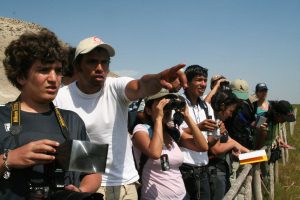 I am wondering if traditional birding as we birders knows it really has a future. You know, the whole listing game and the finer arts of bird identification. Are Big Days or Big Years really that interesting to people in general? Is twitching? Can birding really become main stream, and will listing be interesting enough for masses of people? The only thing regarding watching birds that seems to become main stream is bird feeding, and hard-line birders argue that that is not really birding.
I am wondering if traditional birding as we birders knows it really has a future. You know, the whole listing game and the finer arts of bird identification. Are Big Days or Big Years really that interesting to people in general? Is twitching? Can birding really become main stream, and will listing be interesting enough for masses of people? The only thing regarding watching birds that seems to become main stream is bird feeding, and hard-line birders argue that that is not really birding.
Did you ever wonder why there are more hunters in the world than birders? Why are there more people interested in fishing than in birding? For all I know, there are probably even more stamp-collectors than birders.
Maybe that is the point. Birding is just a collection of observations. At the end of the day, you only write down in a notebook (or insert in a database) your observations – and if you are really lucky, you can put a tick in the check box in a yearlist or a lifelist or next to the bird’s name in the birdbook.
Take a look at yourself, and try to explain to a non-birder, that that is really exciting. A hunter or a fisherman at least gets a trophy. A stamp collector at least has the actual stamps. But YOU, what do YOU have? You have a tick in a checklist! Try to explain to the non-birder, that this really is more exciting than train spotting.
Read the rest of this article on Birdingblogs.com.
4. Jaw dropping bird photography from Peru by Glenn Bartley
Once in a while you come across bird photography that is so jaw-dropping that you simply want to throw your camera to the floor in dispair and scream “I need a new camera with a longer lens, more megapixels and a flash as strong as sunlight”. Then you buy a new camera only to realize that the results are still not what you wanted. The simple truth is of course that you suck as a bird photographer.
Glenn Bartley is a professional photographer, who just returned from a 3 month trip in Peru, and has produced the best set of photos from Peru I have ever seen. Not only of common species, but some that are rarely photographed. The Long-whiskered Owlet for example at the top of this post, is of a species so rare that it has only been documented with some shaky video and a few half decent shots. I have only seen the bird once, and then it was a dark object flying from one perch to another without actually seeing the bird sitting. That is all, after some 5-6 tries for the species.
Fortunately, for those of us who suck, Glenn organizes bird photography workshop in the Neotropics. I was fortunate enough to get Glenn to agree on an interview for Birdingblogs and I am allowed to share some of his amazing photos from Peru. Check out the rest of the interview with Glenn Bartley on Birdingblogs.com. Check this video too
5. How to niche a nature lodge to a birding lodge.
 Ten years ago, the Wattled Curassow was thought to be practically extirpated from Peru. Then came rumors of sightings by fishermen from the fishing village of San Juan de Yanayacu. All of a sudden the Wattled Curassow was not only present in Peru, but in fact quite accessible.
Ten years ago, the Wattled Curassow was thought to be practically extirpated from Peru. Then came rumors of sightings by fishermen from the fishing village of San Juan de Yanayacu. All of a sudden the Wattled Curassow was not only present in Peru, but in fact quite accessible.
Of the three areas in South American where you can spot one, Yanayacu is the easiest. In Bolivia it is a very long journey and at the site in the Brazilian Amazon, the birds are difficult to see. So for a very special birds and a fantastic Varzea/Igapó experience the Yanayacu area has a secure place for visiting birders in the future.
I visited Amazon Refuge Lodge on Yanayacu. They have initiated a new program to turn the eco-lodge into a birding lodge with a 10 step program recounted here. The strategy can be used for any lodge really. Check out 10 ways to turn an eco-lodge into a birding lodge.
6. Avistar Peru
I already talked about Avistar in the last newsletter that ran Nov 2-6, 2011. just wanted to make a fast recap of the event. It lasted 3 days in Miraflores. We had several excursions to near and afar. At least 5000 people attended the fair. 192 photographers participated in the bird photo contest. Here you find the 10 best photos in the dslr category and in the compact camera categories. Around 380 people went birding, most who had never been birding before. We got quite good media coverage and we formed a small group of people who go birding together in the weekends.
Birding in Peru shall grow much in the way I discussed in “the future of birding” above. We can already see how people enjoy to share photos on the newly created groups Facebook.com/avesdelima and Facebook.com/avesdePeru.
7. Peru’s national bird
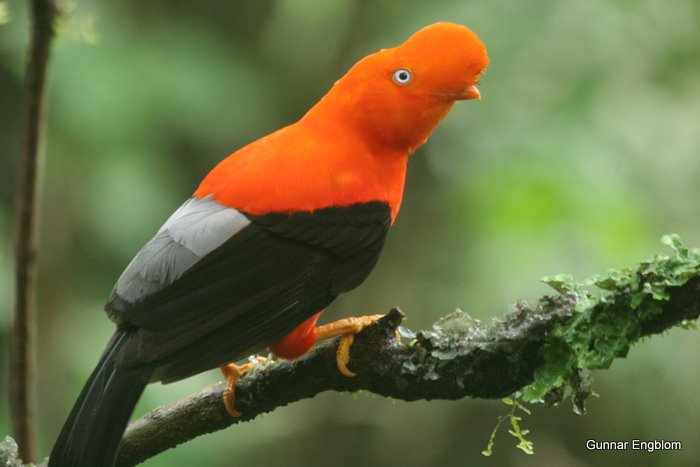 Unofficially Cock of the Rock is the national bird of Peru, but it has never been established by congress or a presidential decree. This void can be used to start debate in Peru about the virtues of electing a new bird as national for the sake of conservation, of environmental education and simply as a tourist attraction.
Unofficially Cock of the Rock is the national bird of Peru, but it has never been established by congress or a presidential decree. This void can be used to start debate in Peru about the virtues of electing a new bird as national for the sake of conservation, of environmental education and simply as a tourist attraction.
The top seeded candidates in the first round are Marvelous Spatuletail, Condor, Cock of the Rock, Inca Tern and Junin Grebe. Check out all 10 candidates on AvistarPeru (in Spanish).
By bashing up interest on Facebook, we hope that in the next stage we can present the idea to PromPeru (the state tourism agency) and Sernanp (the conservation agency) and the biggest newspaper in Peru and with their help take the contest with the 5 top candidates to the next level. In a similar program in Taiwan they got over 1 million votes between five candidates. It would surely be a great publicity scoop for the birds of Peru when this happens. If you like to vote in the first round, check out the Facebook Question and vote.
8. Whalewatching in Lima
 Peru is really megadiverse for Cetaceans. If you’re fascinated with whales and dolphins, and live off a coastline that harbors over a third of all cetacean species in the world , you’d be crazy not trying to go out there and see them. If you don’t live here, let me introduce you to 15 species you can see off Peru. Maybe, you’d like to come to Peru and see some of them. Check out the rest of this post if you like dolphins and whales.
Peru is really megadiverse for Cetaceans. If you’re fascinated with whales and dolphins, and live off a coastline that harbors over a third of all cetacean species in the world , you’d be crazy not trying to go out there and see them. If you don’t live here, let me introduce you to 15 species you can see off Peru. Maybe, you’d like to come to Peru and see some of them. Check out the rest of this post if you like dolphins and whales.
9. 20 best pelagic birds of Lima, part 1
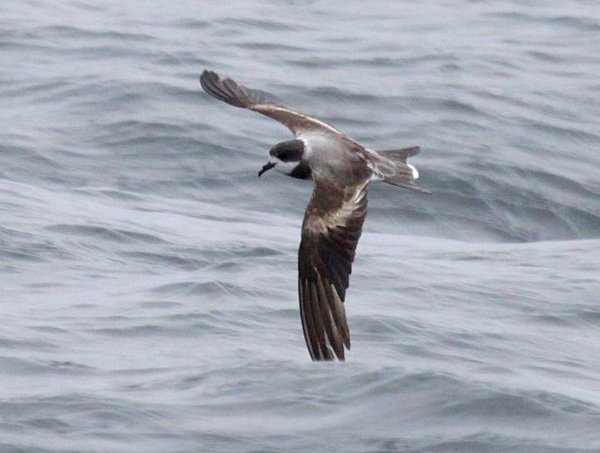 Above is one of the most sought by the pelagic fanatics. The Ringed Storm-Petrel (aka as Hornby’s Storm-Petrel). We present the 10 best birds here, and hope that you can name the remaining ten for part 2, by adding your favorites to the list.
Above is one of the most sought by the pelagic fanatics. The Ringed Storm-Petrel (aka as Hornby’s Storm-Petrel). We present the 10 best birds here, and hope that you can name the remaining ten for part 2, by adding your favorites to the list.
10. Kolibri Expeditions 2012
Finally a few sentances about Kolibri Expeditions programs in 2012. First of all until Dec 31, 2011, we are starting the VIP club. For a contribution of $500 VIP club members get 10% off on all tours and several free daytrips in Lima, including pelagics, starting in 2012 for as long as they live. The $500 will be invested in infrastructure for birders in Peru. Hurry up, the offer ends on 31st of Decmeber. Read more about it here.
Even if you don’t want to join the VIP club at this point, but still concider coming on a trip with us in 2012, do check out our tour Calendar. If you order your trip with a deposit before Dec 31, you are entitled to our low 2011 prices. The calendar has many intersting trips such as Central Peru and Northern Peru with Marvelous Spatuletail coming up. There are even trips to Argentina (Patagonia) and Chile with Juan Fernandez archipelago in this years program.
Finally, wishing everyone Merry Christmas – somewhat embarrising, but I wanted to offer you something really special – me singing, or whatever you shall call it.. so please don’t laugh.
This is for you! Merry Christmas!
Photo credits: Long-whiskered Owlet and Common Potoo Glenn Bartley, Marvelous Spatuletail by Roger Ahlman, Ted Parker photo by Haroldo Castro, Peruvian Birders by Barbara J. Fraser all other photos by Gunnar Engblom. All rights reserved.

